
When you are a horse owner you have the stress of having to seemingly know about all possible diseases and conditions and the symptoms to boot. Unfortunately even with the most experienced horseman it is easy to miss the initial symptoms of navicular and will only get a vet in when the horse’s performance gets worse. A few symptoms to look for would be a shortened stride stiffness of a forelimb weight being shifted from one forelimb to the other and/ or pointing their toes.
Some of the more experienced horse owners will notice their horse initially shows signs of lameness at the beginning of their training but work through it, however the period of working through it takes longer and longer.The inflamed navicular bone and bursa is located at the heel, so a horse with navicular will walk on their toes to avoid placing pleasure on the heel area. To relieve the pressure off the heel when standing, the horse will keep shifting its weight from one leg to the other. If the horse does have navicular disease one sign will be to use a hoof tester on the frog and if the horse flinches then it could be a sign of navicular. Don’t be fooled if lameness lessens during exercise or completely goes away after work. When the navicular disease really takes a hold of the horse then you may notice the horses bedding has been packed into mounds under the horses heels.
To be more proactive it is a good idea to learn about the foots structure in and out watch the horses strides in a circle and also in straight lines under saddle and free. It is also another good idea to have some x-rays taken of your horse’s feet when the horse is completely sound so you can see what a healthy foot and bone structure should look like and it also gives the vet something to compare to if your horse should get navicular disease.
Symptoms of navicular disease include:
Shortened strideUneven on turnsThe horses gait will stumbleThe horse will shift the weight from foot to footUnwillingness to move forward or get a longer stridePointing which is when the horse stands with one of their legs extended with the weight resting on their toeWhen having a hoof pressure test, the horse flinches which indicates a pain in the heelThe best thing you can do is observing carefully your horse's behavior and if you notice symptoms described contact your veterinarian.


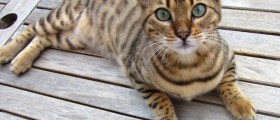

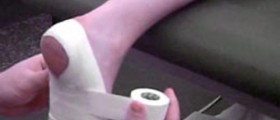
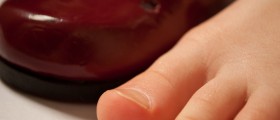






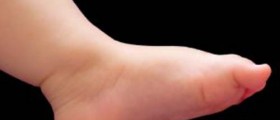


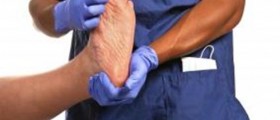

Your thoughts on this
Loading...